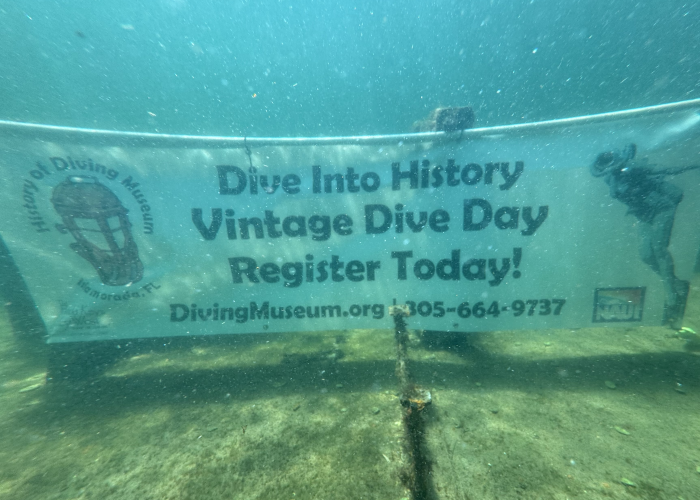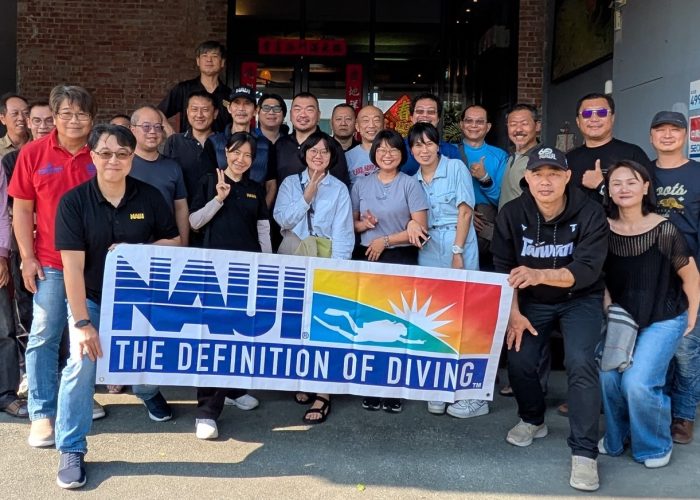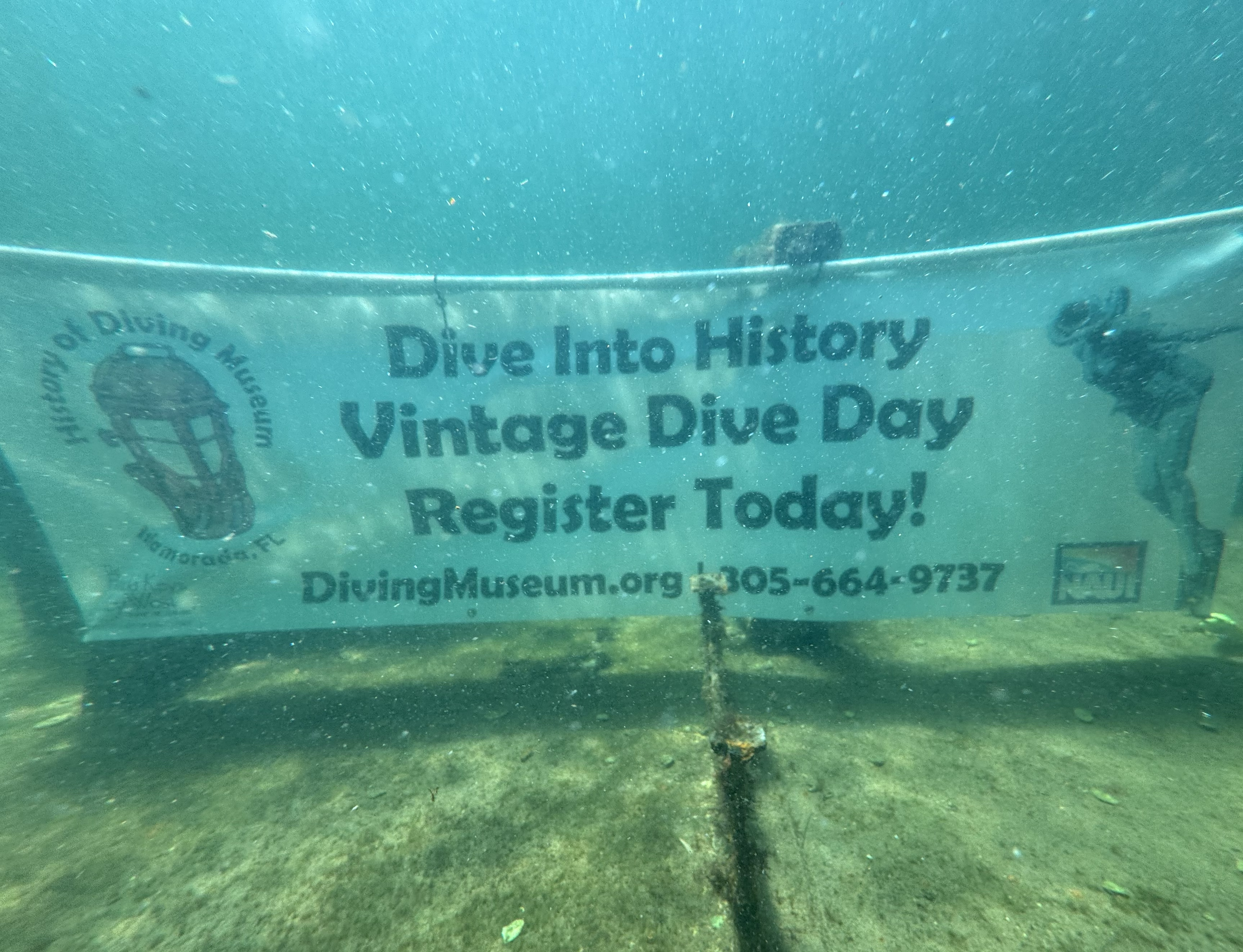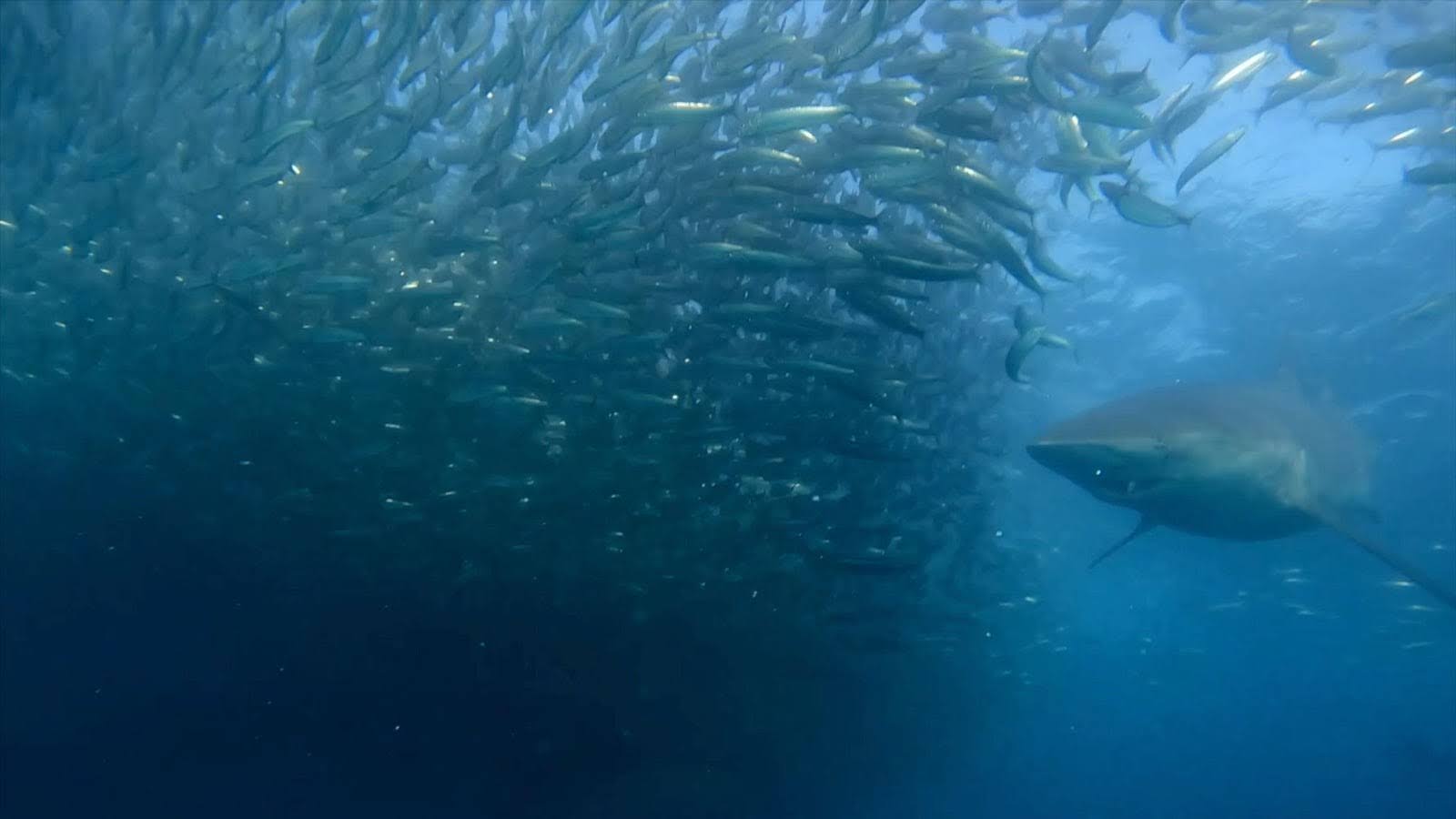
Sea Conditions
Shipwrecks exist because at some point conditions on the surface were less than optimal. Some of the most interesting historical wrecks are situated in the most challenging dive conditions for this reason. For divers this means high current, surge, unpredictable weather, and heavy seas should be expected on the way to a deep wreck. With proper training, preparation and experience it’s possible to safely dive in these conditions, but they will always be physically challenging and require a careful approach.
A giant stride from a rocking boat can be daunting, but most injuries actually occur while getting back aboard after a dive. Fighting your way up a traverse line, avoiding a bucking stern, and catching a ladder between wave crests can challenge the most experienced instructor and easily overwhelm students who may not know where the limits of their abilities are. You can minimize the risk to your students by conservatively evaluating sea conditions and student fitness and teaching them to maximize their efficiency in the water. Pulling yourself along a line rather than kicking, avoiding unnecessary equipment to reduce drag, and minimizing time spent on the surface in heavy seas can reduce overexertion and injury and make the dive more enjoyable.
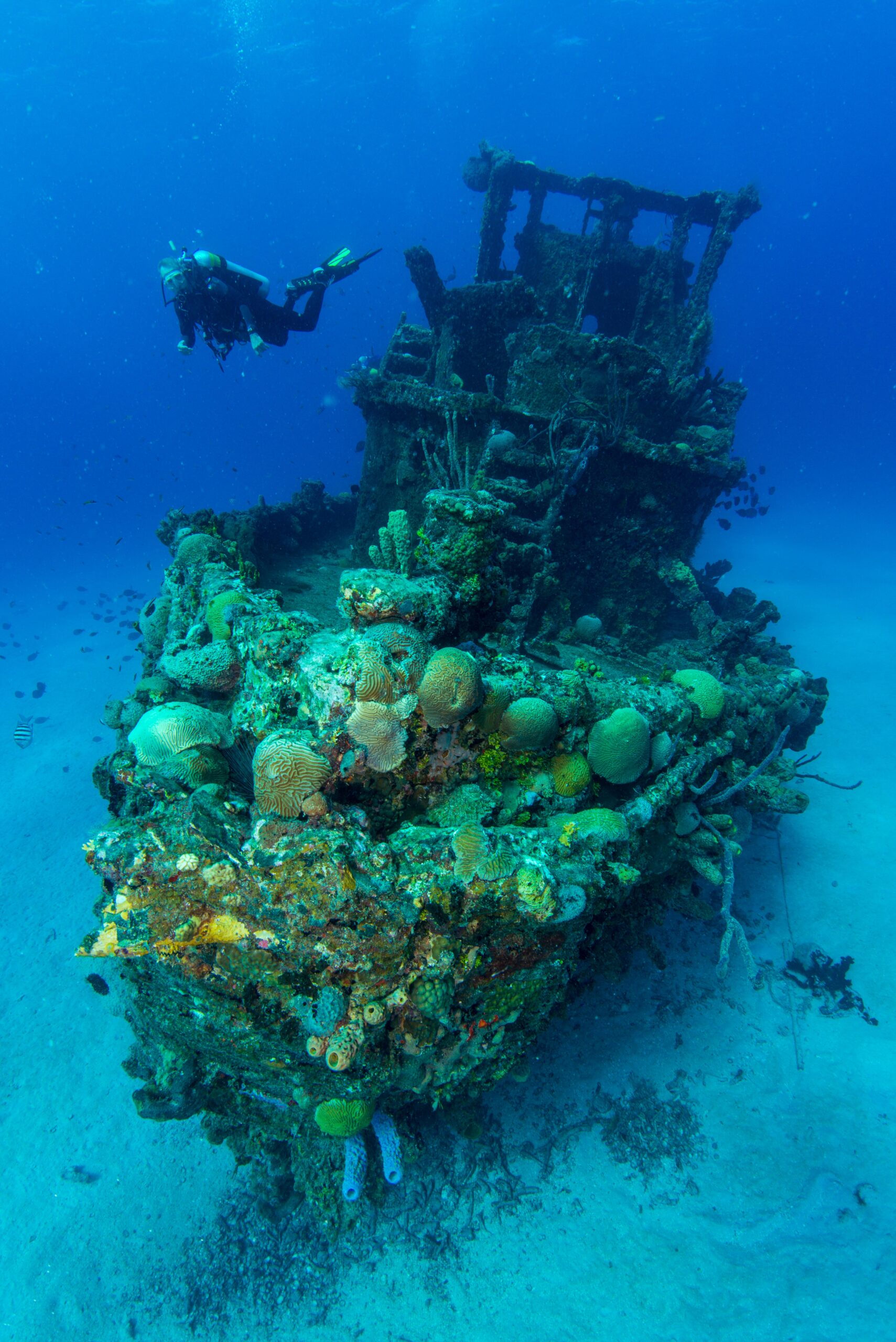
Rusty Metal and Entanglement Hazards
Your students are fit and experienced, and you’ve streamlined their equipment — the local wreck should be as safe as your training pool, right? Incident statistics suggest otherwise.
Even if you never enter an overhead environment, shipwrecks pose a host of hazards. Entanglement, razor-sharp edges, disorienting corridors and silt are common hazards even on the cleanest wrecks. Entanglement is a leading cause of death among experienced technical divers, and it can happen to anyone, but students are particularly susceptible. Ceilings and walls in deteriorating wrecks can collapse without warning, errant fin kicks can eliminate visibility, and jagged metal edges can slice even the best-laid lines. Prepare your students to contend with entanglements from hanging wires, fishing line and their own guidelines before they get out on their first wreck dive.
Buoyancy and trim should be second nature before students attempt advanced wreck courses, and these are not skills you can afford to take for granted. Line-laying skills learned in open-water courses are rarely adequate for wreck-diving purposes. Almost all students can be taught to be competent and safe wreck divers, but it will require training, experience, and careful planning on your part — take the time to prepare your students in all the skills they’ll need to stay safe in the water.
Getting Back on Board
It’s common for new divers to lose focus during ascent — instructors spend days teaching them about the hazards of deep diving and shipwrecks, but they may focus intently on the wreck and lose sight of the second half of the dive. Managing a safe ascent rate, effectively signaling the dive boat and negotiating the way back aboard can be just as challenging as reaching the wreck — sometimes more so. Whether your next course involves a blue-water ascent or a trip up a permanent mooring line, teach your students to dive their plan, control their ascent, and come prepared to deal with a lost-boat situation. Signal mirrors, dye packets, surface markets, radio beacons, and whistles should be considered by wreck divers of all levels, and you can use them to keep your students safe while also adding fun and challenging skills to your next wreck course.
For more information about safe diving, visit DAN.org
The world’s most recognized and respected dive safety organization, Divers Alert Network (DAN) has remained committed to the health and well-being of divers for 38 years. The organization’s research, medical services and global-response programs support an extensive network capable of reaching divers with vital injury-prevention initiatives, educational programs and lifesaving evacuations. Every day, hundreds of thousands of divers around the world look to DAN as their dive safety organization.

